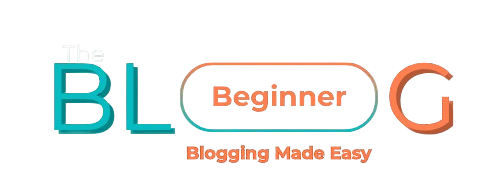Content Creation for Bloggers: How to Create Posts That Educate, Engage, and Rank
Table of Contents
Writing a blog post isn’t just about typing words on a page.
It’s about creating content that solves a problem, speaks to your audience, and gets found in search engines.
In this guide, you’ll learn how to plan, write, and optimize content that keeps people coming back — even if you’re just getting started ✍️✨
🧠 1. Understand Your Audience
Before you write anything, ask:
- Who am I writing for?
- What do they struggle with?
- What are they searching for on Google?
🎯 When your content speaks to real problems, it becomes valuable — not just “another blog post.”
📝 2. Plan Your Content Before You Write
Save time and write with purpose by outlining your post:
- Start with a clear title idea
- Write down 3–5 main points (these will become H2 headings)
- Add bullet ideas under each point
- Decide if you want to include: examples, tools, personal stories, FAQs
📌 Use Notion, Google Docs, or pen & paper — whatever works for you.
🔍 3. Do Basic Keyword Research
If you want traffic from search engines, you need to use the right keywords.
Use tools like:
💡 Choose 1 focus keyword per post and include it naturally in:
- Title
- Meta description
- First 100 words
- Headings
- Image alt text (if applicable)
📌 Need help? Start with our SEO for Beginners Guide
✍️ 4. Write in a Natural, Friendly Voice
Your blog should feel like a conversation, not a textbook.
Tips for better writing:
- Use short sentences and paragraphs
- Write like you’re talking to one person
- Add personality — it’s okay to be casual
- Use subheadings (H2, H3) to break things up
- Bullet points = your best friend
📌 For style help, check out our Writing Tips Guide
🧩 5. Add Helpful Extras
To make your content even better, consider including:
- ✅ Internal links to related posts
- ✅ External links to trusted sources
- ✅ Checklists or quick summaries
- ✅ Personal stories or examples
- ✅ Strong call-to-action at the end
💡 Keep it scannable and structured. Readers love clarity.
🧰 6. Use Tools to Speed Up the Process
Here are tools to help you write smarter:
- Grammarly – grammar & clarity
- Hemingway Editor – improve readability
- Notion or Trello – organize your ideas
- Canva – create visuals or quote images
- Google Docs – simple drafting
📌 See our Blogging Tools list for more.
✅ Final Thoughts
Content creation is the heart of blogging — and you don’t need to be a pro to start strong.
Plan before you write.
Speak directly to your reader.
And always focus on value first — Google traffic and engagement will follow.
📌 Ready to sharpen your writing? Head over to our Writing Tips Guide next!
